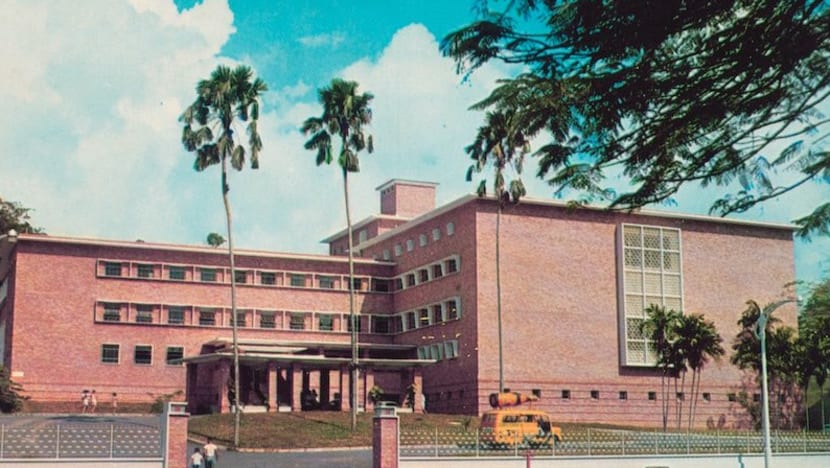SINGAPORE: When the Urban Redevelopment Authority (URA) launched its draft master plan last month, most of the conversation focused on how many new homes would be built – at least 80,000 in more than 10 new neighbourhoods over the next 10 to 15 years.
It’s not surprising. In land-scarce Singapore, housing is one of the most talked about and debated topics.
But tucked away in the 47-point media release and stack of annexes was a concept for several so-called “identity corridors” that were first introduced in URA’s Long-Term Plan Review in 2022.
What are identity corridors? And how can they help foster Singapore’s national and urban identity?
CITIES REPRESENT SOCIAL IDENTITY
In their 2013 book The Spirit of Cities: Why the Identity of a City Matters in a Global Age, political scientists Daniel A Bell and Avner de-Shalit argue that every city expresses a set of distinctive values or ethos.
In that book, Singapore is strongly associated with the ethos of nation-building. This too, is hardly surprising.
Related:
Commentary: Even as Singapore’s population exceeds 6 million, it doesn’t have to feel crowded

Commentary: Is Singapore on track to becoming a future-ready society?
Singapore’s position as a thriving and liveable global city today is very much an outcome of our nation-building efforts. The outcome of these efforts is clear. The IMD World Competitiveness Index 2025 ranks us as the second most competitive economy in the world.
But this progress comes with big changes. As Singapore’s economy grew rapidly, so too did the changes in its urban landscape. The kampungs that dotted our island made way for high-rise public housing with cleaner and more modern living conditions. The old National Library building, much-beloved by students and readers of that era, gave way for the Fort Canning Tunnel.
In some instances, brand new spaces were created to cater to our socio-economic needs. For instance, the Marina Bay district was developed as an extension of the Central Business District (CBD), which had become increasingly crowded as global banks and corporations flocked to Singapore during its rapid growth as a financial hub through the 1990s and 2000s.
This is not unique to Singapore. In many cities, rapid economic development can result in equally rapid changes in the urban landscape. These can have implications for a city’s social fabric.

For instance, Google’s entry into Zurich has given rise to extensive gentrification and a spike in housing costs and consequent public unhappiness and protests. Protesters blamed large banks and companies for driving up housing costs and accessibility.
In land-constrained cities, heritage sites and buildings can be particularly vulnerable in the face of rapid economic and urban transformation. A 2024 report by the World Monuments Fund identified rapid urbanisation and overtourism as top threats to heritage conservation.
At the same time, cities cannot survive without economic growth. The first cities of the world had emerged due to the confluence of economic and human activity within their boundaries. Cities today continue to thrive as key nodes in global trade and finance.
Even as Singapore continues to grow as a major economic and financial hub, it will need to preserve aspects of the city that reflect citizens’ memories, identity and aspirations.








